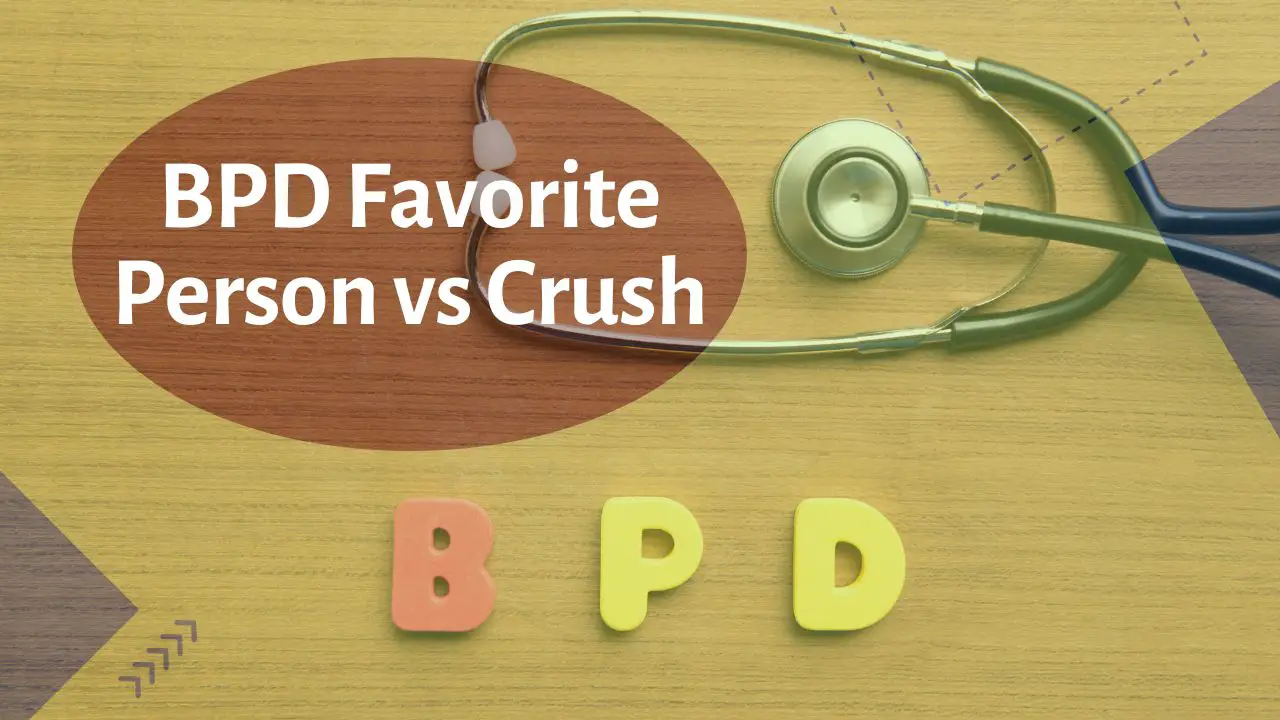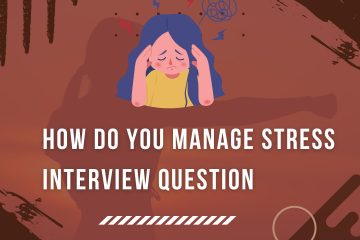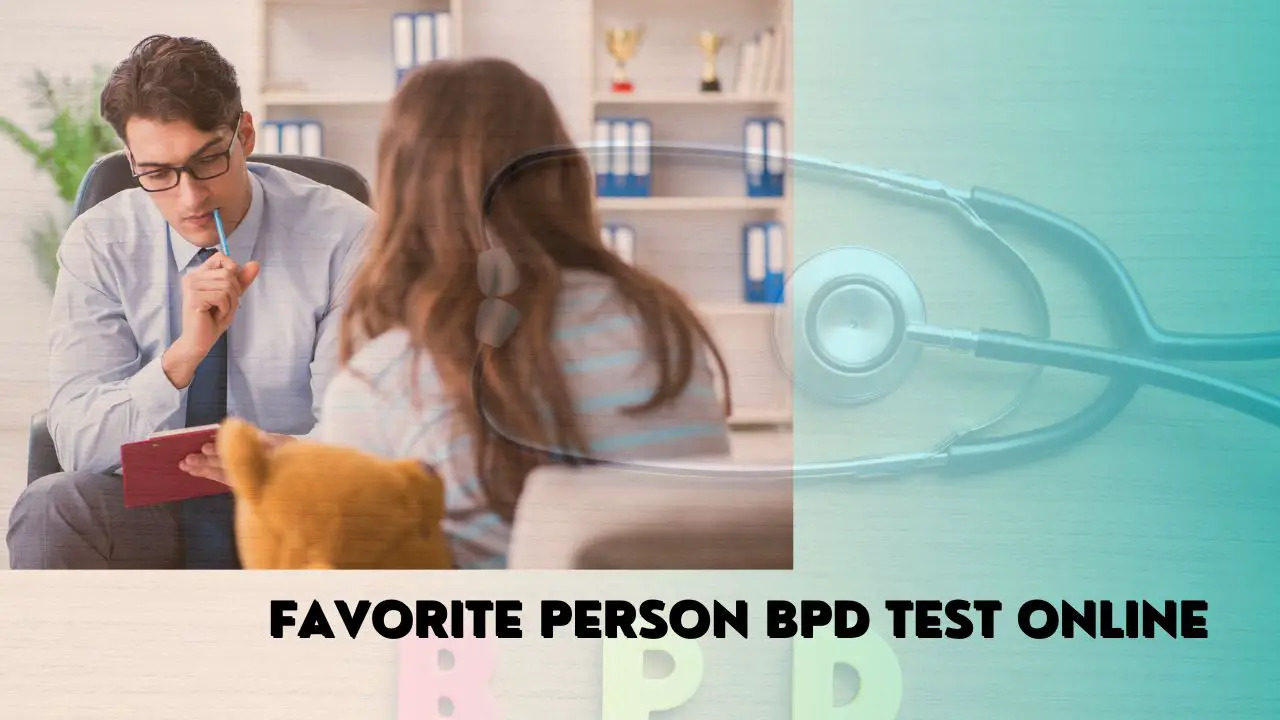Living with Borderline Personality Disorder (BPD) can bring about intense emotions and unique dynamics in relationships. Two types of relationships that often stand out are the “favorite person” (FP) and the crush. While these terms might seem similar, they carry distinct meanings and significance in the context of someone with BPD. In this blog, we’ll explore the key differences between a BPD favorite person and a crush, shedding light on the complexities of these emotional connections.
Unpacking the Crush: Exploring the Complex World of Emotions and Attraction
Human emotions are a labyrinth of intricacies, and within the context of Borderline Personality Disorder (BPD), the landscape becomes even more complex. One emotional facet that often arises is the “crush.” While somewhat familiar to most, the experience of a crush for someone with BPD can hold unique significance and challenges, offering a window into the intricate interplay between attraction and intense emotions.
Defining the Crush: A crush is typically understood as a romantic or infatuated attraction towards someone. It’s that fluttery feeling in your stomach, the racing heartbeats, and the daydreams of spending time with the object of your affection. However, for individuals with BPD, a crush can take on additional layers of intensity and emotion. Let’s discuss the aspects of BPD Favorite Person vs Crush.
Emotional Aspects of the Crush: While everyone experiences crushes differently, some emotional aspects often stand out:
- Excitement and Anticipation: The prospect of seeing or interacting with the crush can lead to heightened excitement and anticipation, sometimes even rivaling the actual experience.
- Idealization: Similar to the idealization of favorite people in BPD, crushes can be subject to idealization, where their qualities and actions are seen in an overwhelmingly positive light.
- Heightened Sensitivity: Individuals with BPD might be exceptionally attuned to their crush’s words, actions, and behaviors, often reading into them with great sensitivity.
The BPD Twist: For individuals with BPD, the experience of a crush can be both familiar and uniquely challenging:
- Emotional Intensity: BPD often amplifies emotional responses. A crush’s impact can be magnified, leading to overwhelming feelings of euphoria and, in some cases, emotional turmoil.
- Fear of Abandonment: The fear of abandonment, a cornerstone of BPD, can influence the perception of a crush’s actions. Minor interactions or shifts might be interpreted as signs of rejection, leading to heightened anxiety.
- Idealization and Devaluation: Just as individuals with BPD might idealize and devalue favorite people, they can also experience fluctuations in their perceptions of their crush. This can lead to emotional roller coasters within the crush experience itself.
Navigating the Crush: Managing the emotions associated with a crush can be a delicate endeavor, especially for someone with BPD:
- Mindfulness: Practicing mindfulness can help individuals with BPD become more aware of their emotional responses and reactions within the context of a crush.
- Reality Checks: Seeking perspective from friends, therapists, or support networks can offer valuable insights when emotions become overwhelming.
- Healthy Boundaries: Establishing and respecting personal boundaries within the crush dynamic can prevent emotional enmeshment.
READ MORE: What Differentiates People with Obsessive-Compulsive Disorder (OCD) from Those Who don’t have OCD?
The experience of a crush, both within and beyond the realms of BPD, is a testament to the complexity of human emotions and connections. For those with BPD, understanding the potential impact of their condition on the crush experience is crucial. By employing mindfulness, seeking support, and practicing emotional regulation, individuals can navigate the roller coaster of emotions that accompany a crush, helping to foster healthier and more balanced relationships with their feelings and the people they are attracted to.
Key Differences of a BPD Favorite Person vs a Crush: Navigating the Complex Terrain of Emotions
In the intricate landscape of Borderline Personality Disorder (BPD), relationships take on unique shades of intensity and depth. Two types of relationships that often stand out are the BPD “favorite person” (FP) and the crush. While these terms might appear similar, they carry distinct meanings and significance in the world of emotions and connections. Let’s delve into the key differences that set these relationships apart and make them significant for individuals with BPD.
Emotion vs. Attraction:
- Favorite Person (FP): An FP relationship centers on emotional connection and dependency. The individual with BPD relies on their FP for emotional stability, support, and validation. This emotional bond often supersedes romantic or physical attraction, and the FP might not necessarily be someone they are romantically interested in.
- Crush: A crush, on the other hand, is rooted in attraction. It involves romantic or infatuated feelings towards someone. While emotions play a role, attraction and desire are the driving forces behind a crush.
Idealization vs. Realism:
- FP Relationship: Individuals with BPD often idealize their FPs, attributing positive qualities and often overlooking flaws. FPs are seen as sources of stability and perfection, and their actions and characteristics can be exaggerated in the mind of the individual with BPD.
- Crush: Crushes can also involve some level of idealization, especially in the initial stages. However, this idealization tends to be based on the perceived qualities or attractiveness of the person. As the crush develops, a more realistic understanding of the person can emerge.
Emotional Dependence vs. Personal Interest:
- FP Relationship: The emotional dependence within an FP relationship is a defining factor. The individual with BPD relies heavily on their FP for emotional support and grounding. The FP becomes a central figure in their emotional world, providing stability and reassurance.
- Crush: While emotions are present in both crushes and FP relationships, the emotional dependence is generally less intense in a crush. A crush might be based more on personal interest, attraction, and curiosity about the other person.
Fear of Abandonment and Jealousy:
- FP Relationship: Fear of abandonment is often heightened in FP relationships. The individual with BPD might experience intense anxiety about their FP leaving them, leading to heightened jealousy and possessiveness.
- Crush: While a fear of rejection can certainly be present in crushes, the level of intensity might not be as high as in FP relationships. Jealousy might arise, but it is often related to romantic or physical interest rather than emotional dependency.
Managing Relationships with BPD: Navigating the Complexities of BPD Favorite People vs Crush
Navigating relationships is a universal human experience, but for individuals with Borderline Personality Disorder (BPD), it can be particularly intricate. Balancing emotions, expectations, and boundaries becomes crucial when dealing with both favorite people (FPs) and crushes. Let’s explore effective strategies for managing these relationships within the context of BPD.
READ MORE: 4 Types of BPD Test: Quiet BPD Test
**1. Favorite Person Relationships:
- Open Communication: Foster open dialogue with your FP about your emotions and needs. Be honest about your struggles and explain how BPD impacts your feelings.
- Establish Boundaries: While it’s natural to seek emotional support, it’s important to set healthy boundaries to prevent emotional overwhelm. Discuss what you both are comfortable with in terms of availability and interaction.
- Diversify Support: Relying solely on your FP can be taxing. Build a support network that includes friends, family, and professionals. This reduces emotional dependence on one person.
- Mindfulness: Practice mindfulness to stay grounded and aware of your emotions. This can help you manage the urge to idealize or devalue your FP.
**2. Crushes:
- Self-Awareness: Recognize when your emotions are being influenced by BPD. Ask yourself whether your feelings are proportionate to the situation.
- Realistic Expectations: Remember that crushes involve attraction, but they don’t need to consume your thoughts and emotions entirely. Practice balanced thinking and avoid putting the person on a pedestal.
- Emotional Regulation: Use techniques like deep breathing or grounding exercises to manage overwhelming emotions related to crushes.
- Distraction: Engage in activities you enjoy to redirect your focus away from obsessive thoughts about the crush.
- Avoid Impulsive Actions: BPD can lead to impulsive behavior, especially during heightened emotional states. Think before acting on any intense urges.
**3. Balancing Autonomy:
- Self-Reflection: Regularly reflect on your emotions and thought patterns. This can help you identify if you’re projecting unrealistic expectations onto others.
- Practice Autonomy: Focus on maintaining your own identity and interests outside of the relationship. This prevents emotional enmeshment.
- Healthy Independence: Make sure your well-being isn’t solely dependent on the FP or the crush. Cultivate personal hobbies and passions.
**4. Seek Professional Help:
- Therapy: Engage in therapy, particularly Dialectical Behavior Therapy (DBT), which is specifically designed for managing BPD symptoms and relationships.
- Counseling: Couples or family counseling can provide a safe space to address relationship dynamics and improve communication.
**5. Practice Patience:
- Progress Takes Time: Remember that managing relationships and emotions is a journey. There will be ups and downs, but each step forward is a victory.
- Be Kind to Yourself: BPD can be challenging, but you’re not defined by your struggles. Treat yourself with the same compassion you’d extend to a friend.
Communication and Honesty: Building Stronger Relationships with BPD
Effective communication and honesty are the cornerstones of healthy relationships, particularly when navigating the complexities of Borderline Personality Disorder (BPD). Whether dealing with a favorite person (FP) or a crush, clear communication and sincere honesty can lead to greater understanding, trust, and emotional well-being. Here’s how to foster these essential qualities within the context of BPD.
1. Be Open About BPD:
- Educate Others: Share information about BPD with your favorite person, crush, or anyone you have a significant relationship with. Explain the impact it has on your emotions and interactions.
- Remove Stigma: Break down any misconceptions or stigmas associated with BPD by candidly discussing your experiences.
2. Express Your Feelings:
- Use “I” Statements: When communicating your emotions, use “I” statements to express how you feel. This avoids blaming the other person and encourages understanding.
- Share Vulnerabilities: Openly express when you’re struggling or feeling overwhelmed. Sharing vulnerabilities fosters empathy and connection.
3. Address Misunderstandings:
- Seek Clarification: If you sense a misunderstanding or misinterpretation, ask the other person for clarification rather than assuming the worst.
- Explain Triggers: Let the other person know what triggers certain emotional responses. This helps them understand your reactions better.
4. Discuss Boundaries:
- Set Clear Boundaries: Clearly define your emotional boundaries with your FP or crush. Discuss how often you’d like to communicate and what support you need.
- Respect Their Boundaries: Inquire about their boundaries too, ensuring that the relationship is mutually respectful.
5. Share Your Perspective:
- Explain Emotional Intensity: Describe how BPD might intensify your emotions and provide examples from your experiences. This helps others comprehend your reactions better.
- Discuss Black-and-White Thinking: Explain how you might sometimes see situations in extremes due to BPD, leading to rapid shifts in emotions.
6. Encourage Open Dialogue:
- Invite Questions: Encourage your favorite person or crush to ask questions about BPD and how it affects your emotions. This promotes mutual understanding.
- Offer Patience: Be patient with their inquiries and concerns, as they might be new to understanding BPD.
7. Address Concerns Early:
- Don’t Let Issues Fester: If something is bothering you, address it sooner rather than later. This prevents misunderstandings from escalating.
8. Practice Active Listening:
- Listen Actively: When the other person shares their thoughts and feelings, listen attentively and without judgment. This strengthens the foundation of trust.
9. Be Honest About Your Needs:
- State Your Needs: Clearly articulate what you need from the relationship, whether it’s emotional support, space, or understanding.
- Be Realistic: Be honest about what you can offer in return, and acknowledge that you’re working on managing your emotions.
10. Apologize and Forgive:
- Apologize When Needed: If your emotions lead to hurtful actions, apologize sincerely and take responsibility.
- Forgive Mistakes: If the other person unintentionally upsets you, be forgiving. Everyone makes mistakes, and open communication can help resolve them.
Open communication and honesty are powerful tools in managing relationships when dealing with BPD. By sharing your experiences, feelings, and needs with your favorite person or crush, you create a bridge of understanding and empathy. This leads to stronger connections, enhanced emotional well-being, and the potential for more fulfilling relationships that navigate the complexities of BPD with compassion and respect.
Growth and Recovery: Navigating Relationships with BPD towards Empowerment
Living with Borderline Personality Disorder (BPD) brings unique challenges to relationships, but it also offers opportunities for growth and recovery. As you navigate the intricate world of favorite people (FPs) and crushes, remember that progress is possible. By prioritizing self-awareness, seeking support, and embracing personal growth, you can transform your relationships and embark on a journey towards empowerment.
1. Embrace Self-Awareness:
- Reflect Regularly: Take time to reflect on your emotions, reactions, and thought patterns within relationships. Self-awareness is the first step toward change.
- Recognize Triggers: Identify the situations, thoughts, or behaviors that trigger intense emotional responses. This awareness empowers you to manage your reactions.
2. Seek Professional Support:
- Therapy: Engage in therapy, particularly Dialectical Behavior Therapy (DBT), to learn emotional regulation, interpersonal effectiveness, and distress tolerance skills.
- Group Therapy: Participate in group therapy to connect with others who understand your struggles and share coping strategies.
3. Practice Mindfulness:
- Stay Present: Incorporate mindfulness techniques into your daily routine to stay grounded in the present moment, reducing anxiety about the future or past.
4. Set Realistic Expectations:
- Challenge Idealization: Recognize when you’re idealizing someone and remind yourself that no one is perfect. Aim for balanced thinking.
5. Build Resilience:
- Develop Coping Strategies: Equip yourself with healthy coping mechanisms for managing intense emotions. Engage in activities that bring you joy and calmness.
- Learn from Setbacks: Accept that setbacks are part of the journey. Instead of spiraling into self-criticism, use setbacks as opportunities to learn and grow.
6. Establish Healthy Boundaries:
- Practice Saying “No”: Learn to decline requests or invitations when you need personal space or time to regulate your emotions.
- Prioritize Self-Care: Make self-care a non-negotiable part of your routine. It’s not selfish; it’s essential for your well-being.
7. Cultivate Independence:
- Discover Your Passions: Explore interests and hobbies that are uniquely yours. Cultivating independence strengthens your sense of self.
8. Communicate Progress:
- Share Achievements: Celebrate your victories, whether they’re big or small, with your FP or crush. Let them in on your journey towards growth.
9. Embrace Patience and Resilience:
- Be Patient: Recovery isn’t linear. Some days will be challenging, but remember that progress is happening over time.
- Celebrate Resilience: Acknowledge your strength in managing relationships with BPD. Each step you take towards healthier interactions is a triumph.
10. Embrace Self-Compassion:
- Be Kind to Yourself: Treat yourself with the same compassion and understanding that you extend to others. Remember that you’re doing your best.
Conclusion:
Relationships with BPD can be a challenging terrain, but they also hold the potential for immense growth and recovery. By committing to self-awareness, seeking professional support, and fostering healthy communication and boundaries, you can transform your relationships from sources of turmoil into platforms for empowerment. Embrace the journey, celebrate your progress, and remember that you have the strength within you to shape fulfilling connections that align with your well-being and personal growth.



